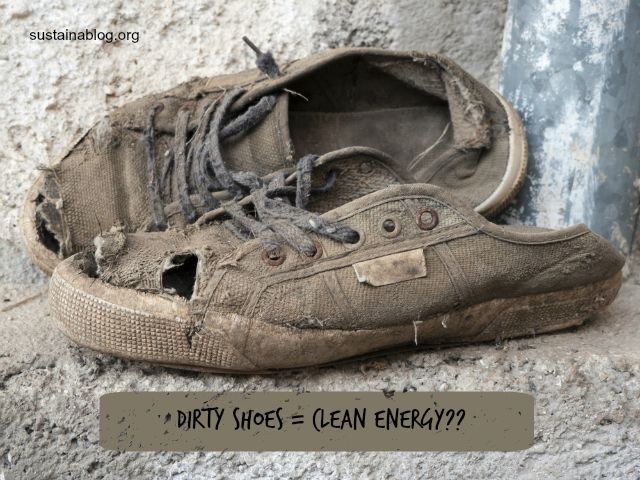While recycling your old sneakers isn’t quite as easy as other materials, there are options available. If they’re gently used, a thrift store may be willing to take them; if there’s no useful life left in them, the Nike Reuse-a-Shoe program will turn them into play court surfaces. Of course, old shoes aren’t the only waste created by this industry: manufacturers create leftovers, scraps, and mistakes, and, traditionally, this waste has gone to the landfill. Now, at least for one manufacturer in Vietnam, there’s another option: turning that waste into fuel.
Through its waste management arm Geocycle Vietnam, Swiss building materials giant Holcim has committed to recycle shoes and waste material into fuel for its cement kiln in the country. Apparently, this isn’t just as simple as throwing the material into a furnace and letting it burn: it needs to be shredded to burn efficiently, and the mix of materials makes that challenging. Holcim partnered with shredding company Untha to develop the necessary technology to process this waste; after a trial run in Austria, the new plant is being shipped to Vietnam for full-time work.
Now, wouldn’t that mix of materials create air pollution issues? That was my first thought when reading this, but, according to Holcim, the temperature at which materials are burned in a cement kiln – up to 2000 degrees Celsius – “completely [destroys] any organic compounds and safely [recycles] inorganic compounds into clinker chemistry.”
I still struggle with waste-to-energy – I always feel like there’s something I’m missing in terms of pollutants and/or emissions… and, of course, fossil fuels go into the materials from the shoe manufacturer, so it’s not completely free of those elements. But if the right safeguards are in place to minimize environmental impact, this does seem preferable to mining/extracting more coal and gas to run the plant (especially at the temperatures needed for cement production).
Know more than I do? That wouldn’t take much, but if you’ve got insight into the benefits (or risks) of this process, share your thoughts with us in the comments.
Thanks to Steve Hanley for the “heads up” on this one…
Photo credit: Shutterstock

